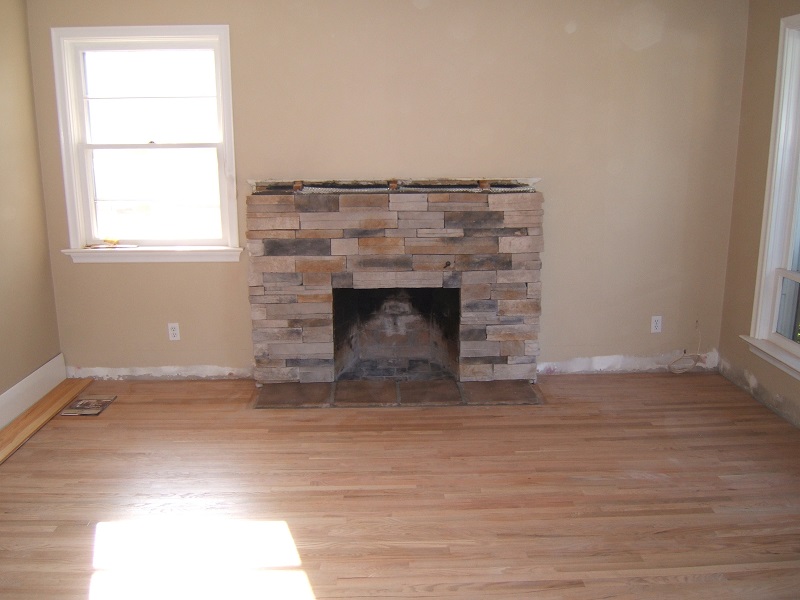
Don’t believe me? Take a walk around some Victorian or Georgian streets and you’ll notice arches above windows, arches above doors and let’s not forget, many victorian bridges are in fact, ARCHED. Word of caution though – you may get covered in a fair bit of soot dust!!īrick arches form their own lintels.

We did this in our lounge to save removing too much of our original lime plaster. If you have a vent in your chimney, or perhaps you’ve removed a gas fire and revealed a hole – you can always shine a torch inside and check for a lintel this way instead. You can see in the images below we removed almost all the plaster because we want to expose our bricks in this room, but you certainly don’t have to take this much off! We have a stone lintel in this photo at elbow height which is partially painted black. You can do this using a hammer to simply break away some plaster until you find one! In order to find a lintel in a bricked-up fireplace opening, you’ll usually need to remove some plaster on the face of the chimney breast. In a chimney, your lintel will probably be made from stone, concrete or you’ll have a brick arch which forms its own lintel – but I’ll explain that a bit more on this later! Some houses may have wooden lintels, which is perfectly fine providing you do not plan to use your fireplace for an actual fire. You’ll find lintels above doors, windows, other large openings and above open fireplaces too. Lintels are structural supports which prevents the brickwork above any opening from sinking/falling down.

Check Your Lintels!įirst things first, before starting ANY work, you need to check your lintels. Affiliate links are marked with an asterisk (*). Purchasing via an affiliate link doesn’t cost you any extra, and I only recommend products I have bought or used myself. Disclosure: This post contains affiliate links, which allows me to receive a small commission if you visit a link and buy something on my recommendation.


 0 kommentar(er)
0 kommentar(er)
